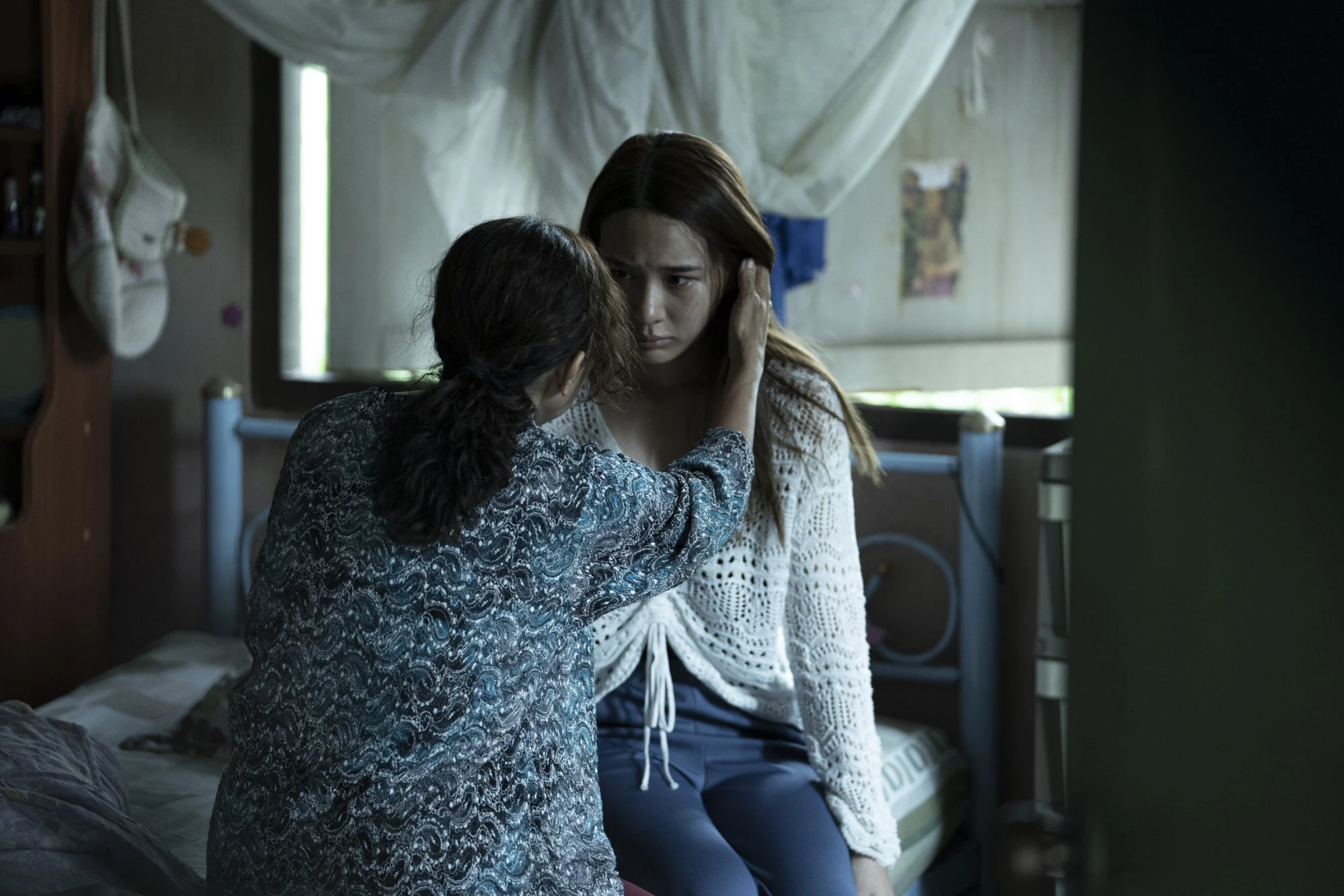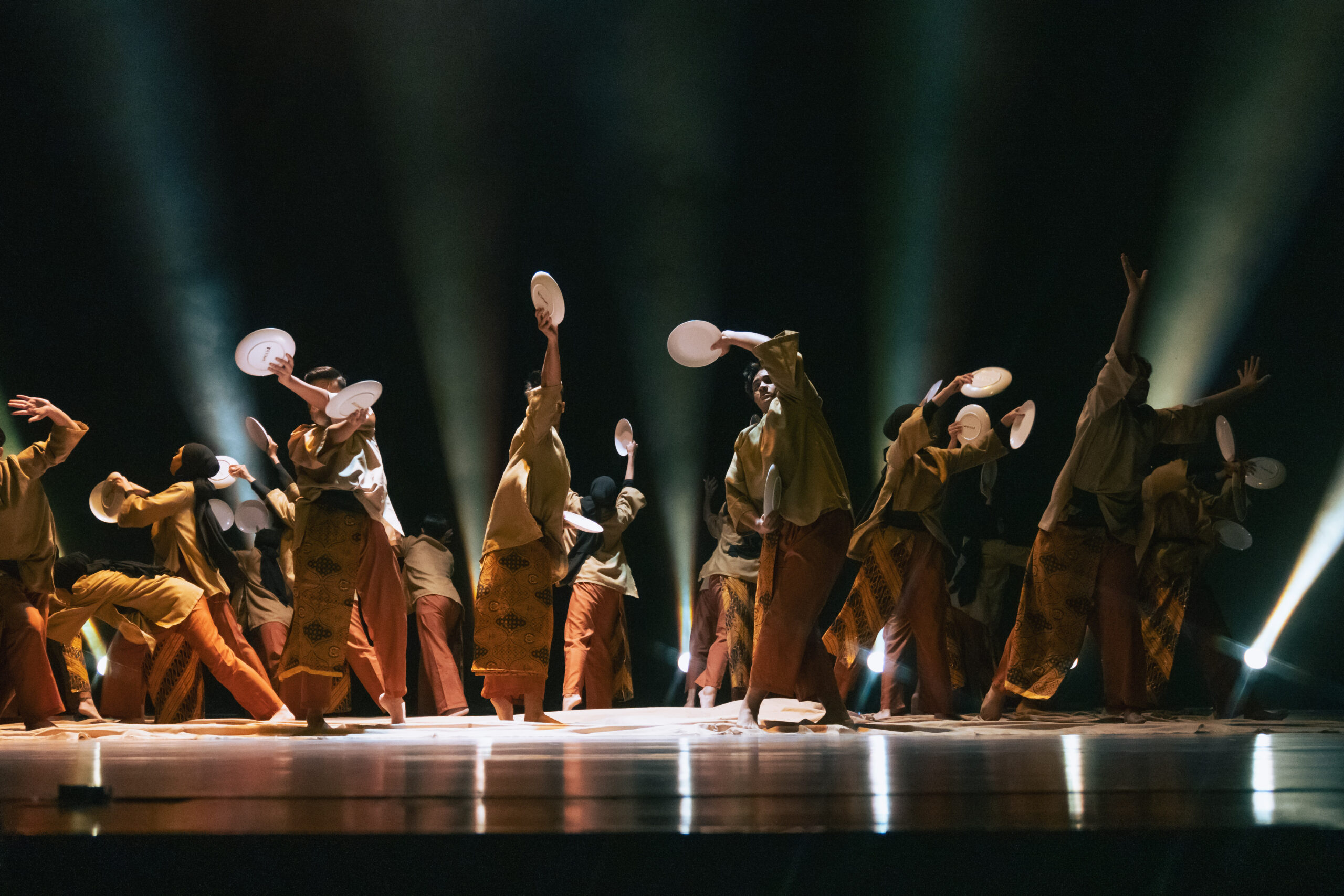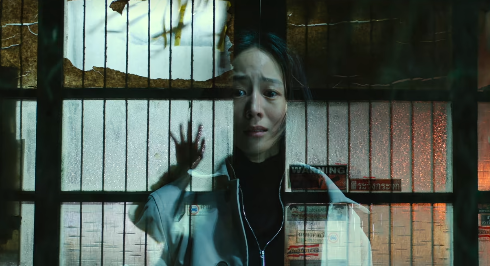The Medium is a Thai-South Korean 2021 horror film, shot in the style of a mockumentary. It takes place in the idyllic village of Isan, Thailand, where shamanism and spiritual belief play an important part of life. Directed by Shutter’s Banjong Pisanthanakun and The Wailing’s Na Hong Jin, it is the violent and gory (with a subtle hint of incest) problem child of two horror masterminds.
“We believe that anything supernatural are spirits, not just the souls of dead people. We believe that spirits are in every single thing. In houses, in forests, in mountains, in trees, in rice fields. Every area has spirits, all of it.”
The film crew starts out by following Nim (Sawanee Utoomma), a shaman of the goddess Ba Yan. Ba Yan is known to possess only females in Nim’s family lineage for generations, from Nim’s grandmother to her aunt. Nim explains that the next shaman was supposed to be Noi (Sirani Yankittikan) her elder sister, however, she rejected the possession by turning to Christianity, passing the inheritance to Nim.
However, during the funeral of Noi’s husband, Wiroj, Nim’s niece, Mink (Narilya Gulmongkolpech) starts exhibiting signs of possession. Certain that the possession of Ba Yan was about to take place in Mink, the film crew starts shifting their attention to her.
Unlike other found footage mockumentary styles like The Blair Witch Project or Paranormal Activity, The Mediumstarted more like a professional documentary, with skilful shots of vast fields and rituals, CCTV footage, and interviews. But as the film progresses and pandemonium ensues, the peaceful flow gets disrupted by wonky, vertigo inducing chaos.
Personally, the performance of Narilya Gulmongkolpech was the cherry on the cake for me. Her portrayal of the possessed, with her soulless eyes, creepy smile and sudden outbursts were magnificent. This was further highlighted with the circles under her eyes, grey complexion, as well as shadows to highlight her bones, emphasizing the toll the possession had on her body.
Within the films, we can definitely see some similarities to both Shutter and The Wailing. Starting with the crawling, “dislocated” like movement by Nim. This is akin to Natre’s movement as she crawls down the ladder towards her beloved Tun. However, this particular movement has also been used in other films like The Other Side of the Door, so I would not say for sure that it is definitely Banjong Pisanthanakun’s style.
Previously, Na Hong Jin has already explored the concept of possession in The Wailing, yet it is not only the main plot that bears a resemblance. As the movie reaches it’s climax of violence, gore and madness, the introduction of possessed zombie humans screamed Na Hong Jin. As seen in The Wailing, the villagers who get possessed end up acquiring a taste for human flesh. Similarly, the temple workers who gets their own taste of possession, starts turning on the camera crew.
While I would consider this one of the best horror films I’ve watched, it was also a film that I had trouble fully understanding, due to the many references to Thai spirituality and shamanism. It took watching the film twice, and my own personal research to understand the rituals and references in the film. All in all, I would definitely recommend this film, as it is by far one of the best horror films in history. But as a responsible reviewer, I would also suggest skipping it if you’re prone to paranoia, anxiety, or the incurable sickness of “I get nightmares after horror movies.”






